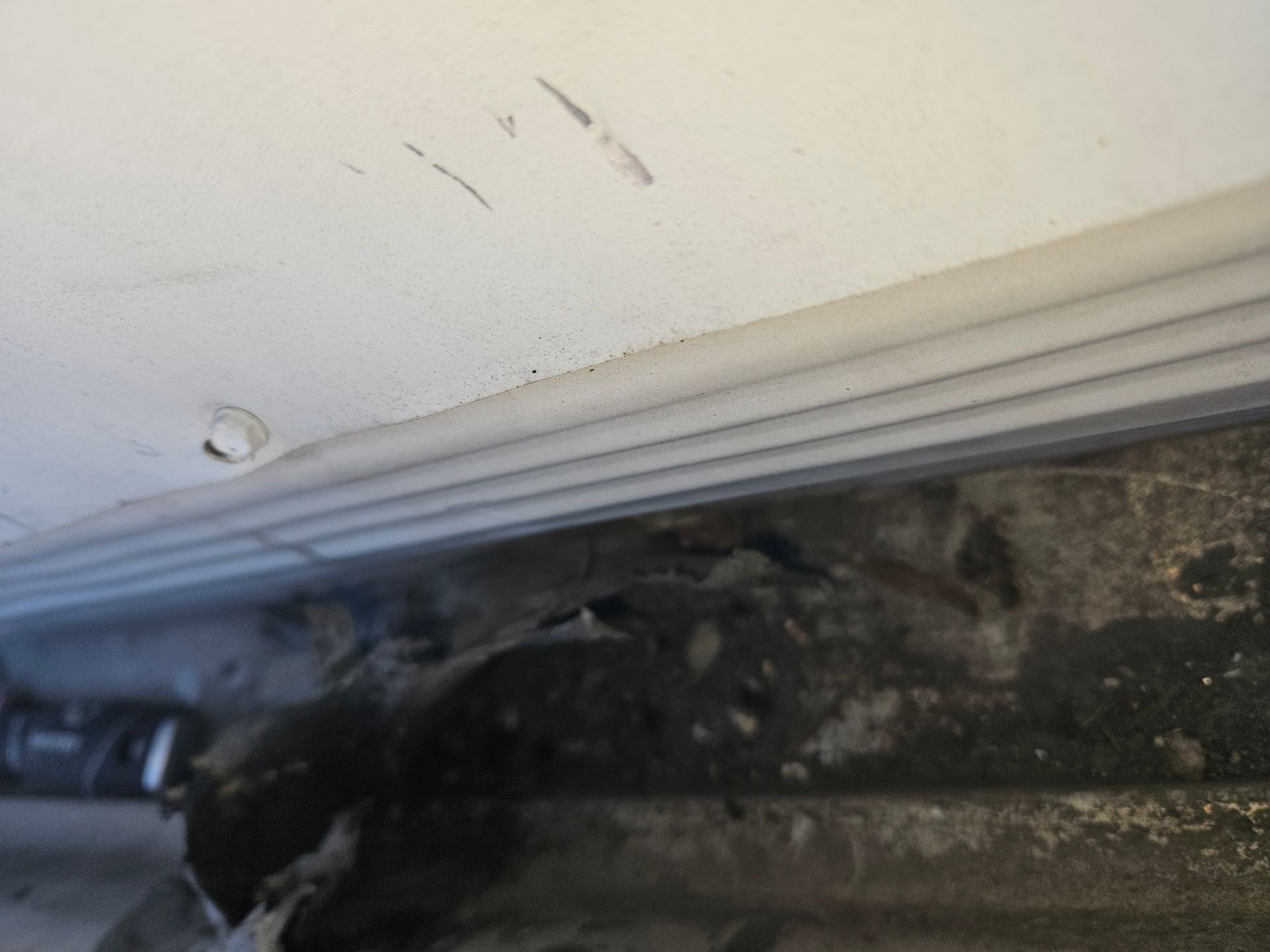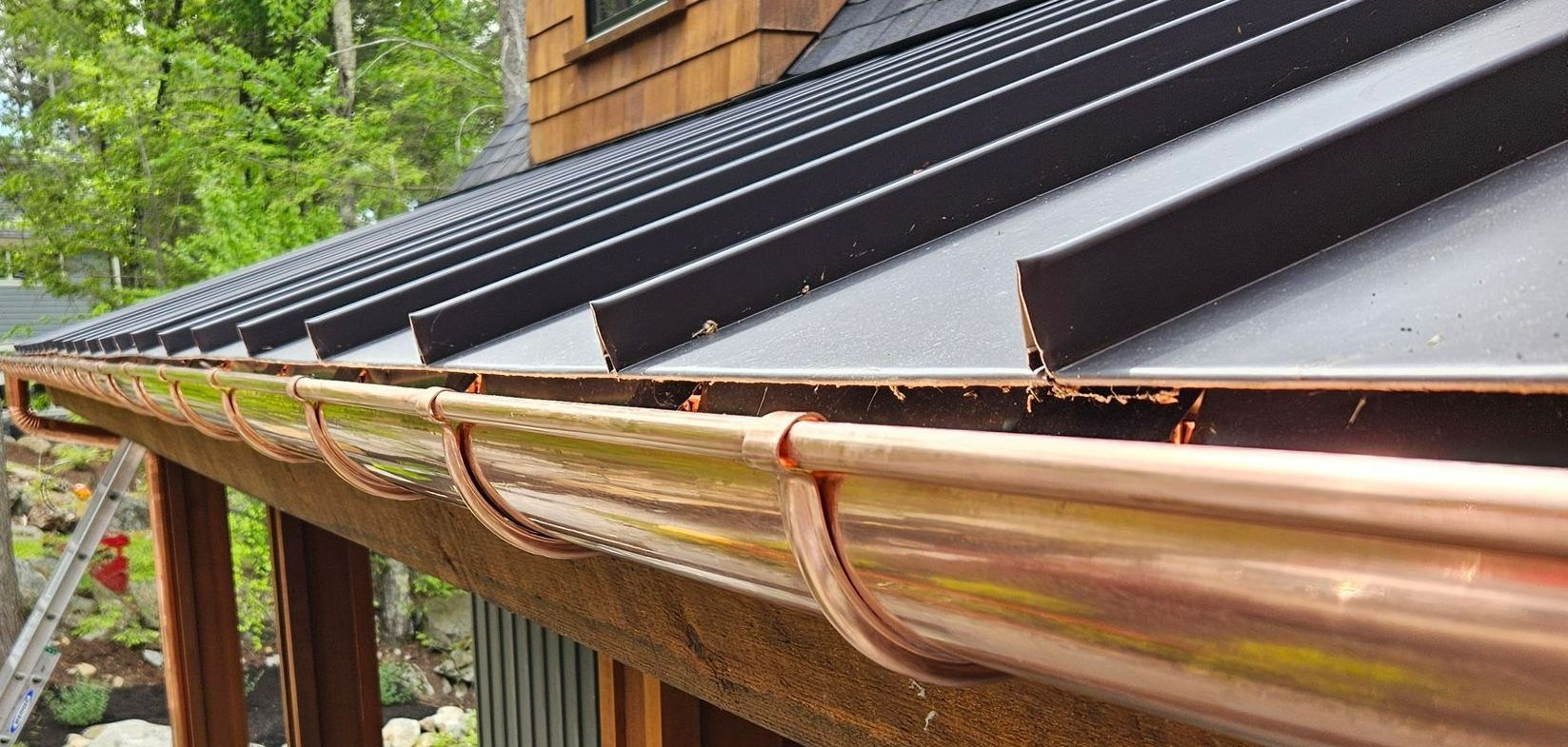Gutter Damage After Storms
Springtime Repairs After Storm Damage

Spring brings not only blooming flowers and warmer weather but also the potential for severe storms that can wreak havoc on homes. After a storm, it's essential to assess any damage and promptly address repairs to prevent further issues.
Impact of Spring Storms
Spring storms can bring heavy rainfall, strong winds, hail, and even tornadoes, causing significant damage to roofs, siding, windows, and gutters. The combination of wind and rain can loosen shingles, tear off siding, and create opportunities for water infiltration.
Facts About Springtime Repairs After Storm Damage:
According to the National Oceanic and Atmospheric Administration (NOAA), spring is peak tornado season in the United States, with an average of 268 tornadoes occurring in April alone.
- Hailstorms are also more common in spring, with the highest frequency of hail events reported in May and June.
- The Insurance Information Institute (III) reports that wind and hail damage accounted for over 60% of all homeowners insurance claims in 2020, with an average claim payout of $11,200.
- Properly maintained gutters and downspouts are essential for preventing water damage to homes during spring storms. According to the Federal Emergency Management Agency (FEMA), gutters should be cleaned and inspected at least twice a year to ensure proper drainage.
Common Types of Damage
Roof Damage: High winds can lift and displace shingles, leading to roof leaks and water damage.
Siding Damage: Hailstorms can cause dents, cracks, and holes in siding, compromising its integrity.
Window Damage: Flying debris and hail can break windows, allowing water to enter the home.
Gutter Damage: Heavy rainfall can overload gutters, causing them to sag, detach, or become clogged, leading to water overflow and damage.
Importance of Prompt Repairs
Addressing storm damage promptly is crucial to prevent further issues such as water infiltration, mold growth, and structural damage. Delaying repairs can exacerbate the damage and lead to more extensive and costly repairs down the line.
Springtime Repair Tips
1.Inspect Your Roof: Check for missing or damaged shingles, loose flashing, and signs of water penetration in the attic.
2.Examine Siding and Windows*: Look for dents, cracks, or holes in siding and broken or cracked windows.
3. Assess Gutters and Downspouts: Clean out debris, repair sagging or detached gutters, and ensure proper drainage away from the foundation.
4. Schedule Professional Inspection: Consider hiring a professional roofing contractor to conduct a thorough inspection and assessment of storm damage.
Springtime repairs after storm damage are essential for maintaining the integrity and safety of your home. By promptly addressing any damage to your roof, siding, windows, and gutters, you can prevent further issues and ensure your home is prepared to weather future storms.
Signs your gutters are damaged and need repair or replacement.
- Bent or Deformed Gutters: Heavy snow loads or strong winds can cause gutters to bend or deform, altering their shape.
- Detached Gutters: Gutters may become detached from the roofline or fascia due to the weight of accumulated snow or strong winds.
- Ice Dams: Snow melting on the roof can refreeze along the edge of the gutter, forming ice dams that prevent proper drainage and may damage the gutter system.
- Cracks or Fractures: Extreme weather conditions, such as hailstorms, can cause cracks or fractures in gutter materials.
- Loose or Missing Fasteners: Snow and ice accumulation can loosen gutter fasteners or cause them to detach from the fascia board.
- Water Overflow: Blocked gutters due to snow or debris can lead to water overflow, causing damage to the roof, siding, and foundation.
- Sagging Gutters: Excessive snow accumulation or ice dams can weigh down gutters, causing them to sag or pull away from the roofline.
- Leaks or Water Stains: Damaged gutters may leak or allow water to seep behind them, resulting in water stains on the exterior walls or interior ceilings.
- Clogged Downspouts: Snow and debris can block downspouts, preventing proper water drainage and causing water to back up in the gutter system.
- Gutters Pulling Away from the House: Snow or ice accumulation can exert pressure on gutters, causing them to pull away from the house or fascia board.















